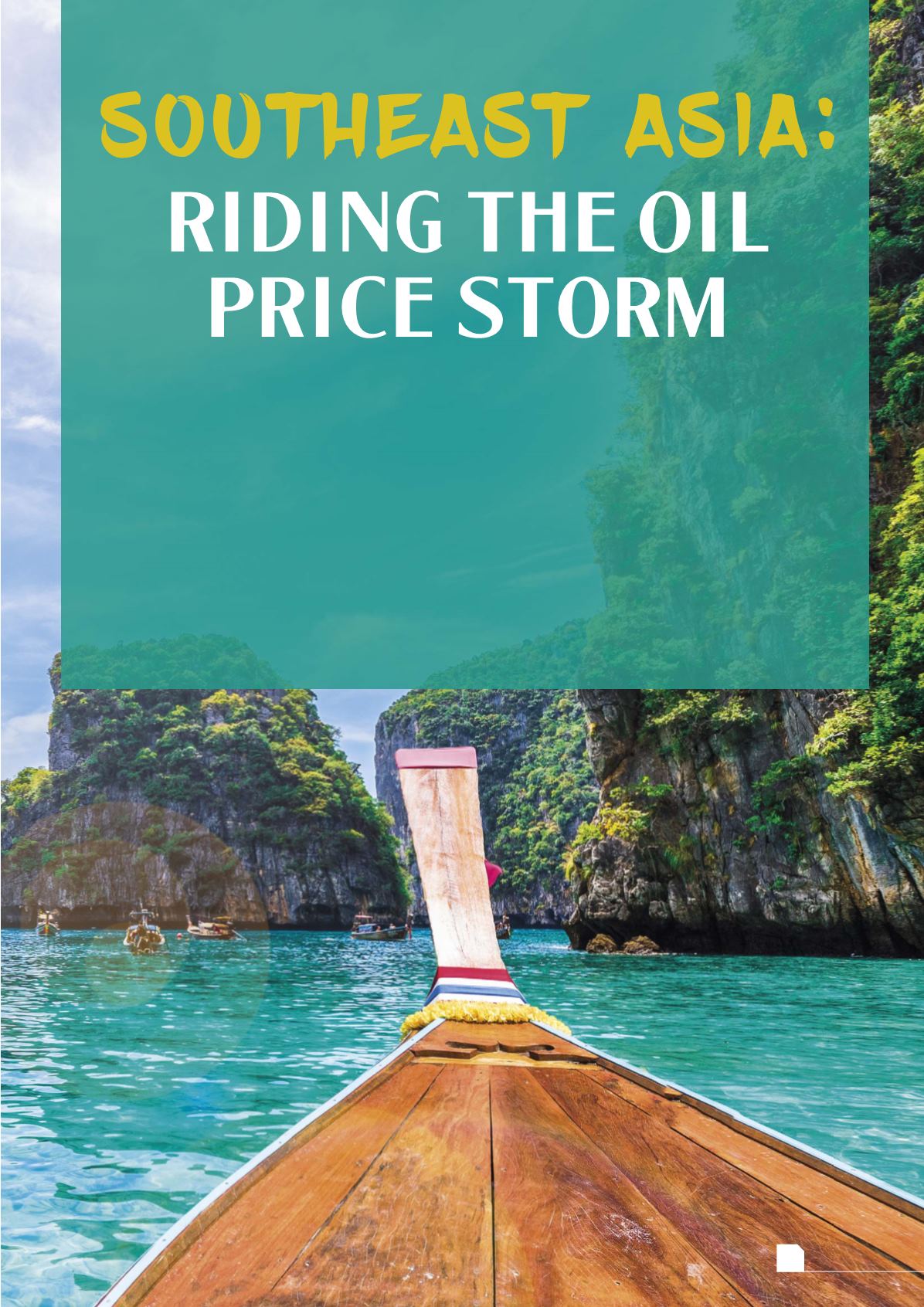
July
2020
13
HYDROCARBON
ENGINEERING
I
n just over seven months, the world went from fearing the
devastating prospects of crude oil at US$200/bbl to
experiencing the equally devastating reality of the
commodity’s collapse to minus US$40.
The world economy was to have gone up in flames last
September when drones blew up giant oil facilities in
Saudi Arabia, and again in January when the assassination of
Iran’s most powerful general ignited talks of a third world war.
That did not materialise – for now at least – and the fickle
oil markets quickly sold off.
But just as the world thought it had escaped catastrophe, a
new disease broke out in China. By the first quarter, the
COVID-19 pandemic had shut down a large part of global trade
and the economies of most countries.
The world economy will shrink by 3% this year and lose up
to US$9 trillion for its worst meltdown since the Great
Depression of 1929, said the International Monetary Fund (IMF).
ADB vs the IMF
Remarkably, the Asian Development Bank (ADB) expects
Southeast Asia’s mix of energy-surplus and energy-deficient
economies to continue to grow over the next two years. Its
relatively upbeat forecast, published in early April at the same
time as the IMF’s report, largely assumes COVID-19’s impact will
Ng Weng Hoong, Contributing Editor,
examines the effect of drastic
oil price changes on Southeast Asia’s oil industry.








